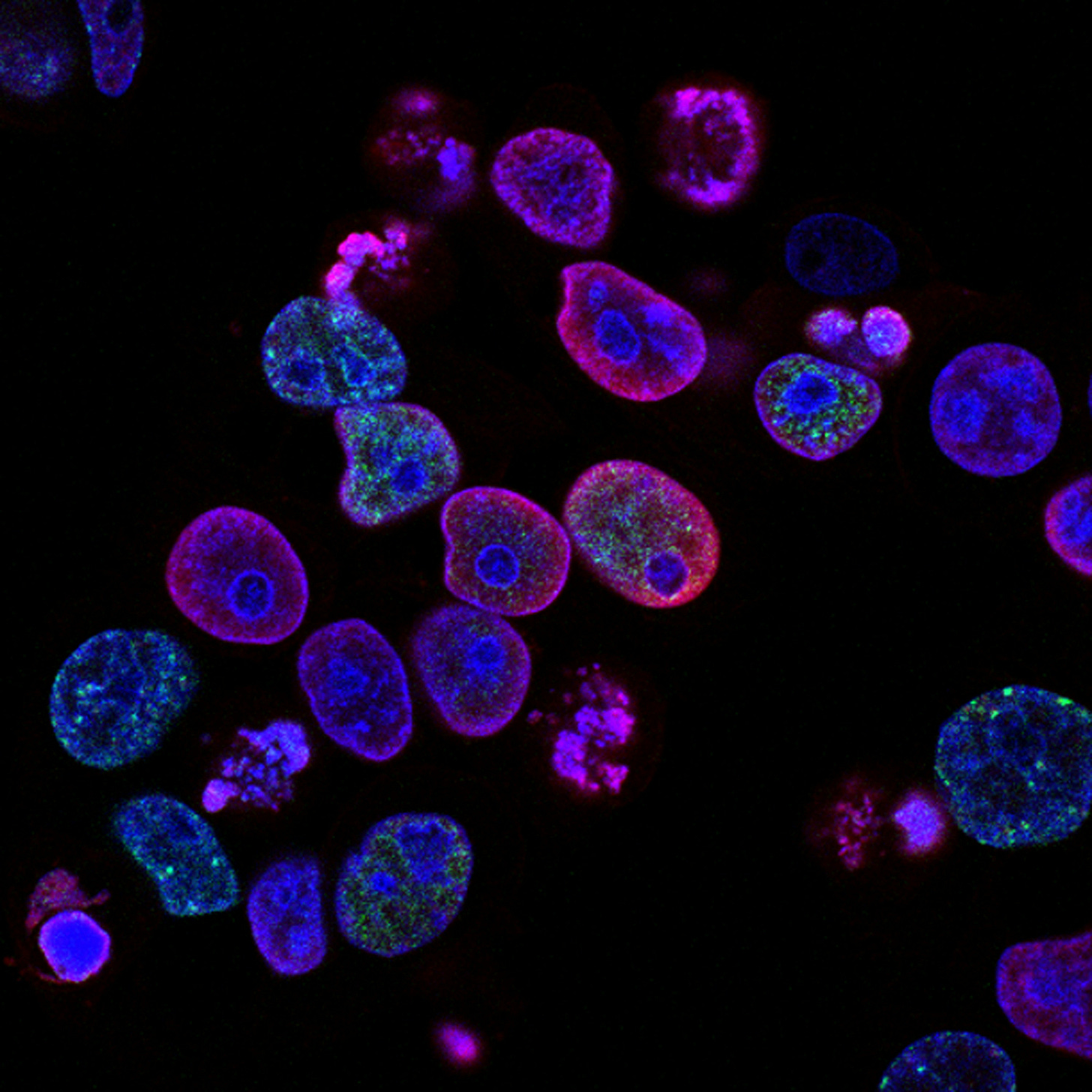You host a microscopic universe.
You are trillions of cells.
You are 30+ trillions of cells.
If you agree with me that our brain is the most essential organ for our experience of life, then I assume you also agree why understanding the brain’s fundamental core—the two cell types: neurons and glia matters. (Which I wrote about last week.)
Each of us is home to a diverse range of the most incredible building blocks, systems, and structures—all made of different cells. Neurons and glia are only two types out of trillions.

Have you ever considered that you are essentially a host to a microscopic cellular universe?
“The average adult male has around 36 trillion cells in their body, while average adult females have 28 trillion...” — “We now know how many cells there are in the human body,” by Jason Arunn Murugesu.
What’s wild is to realise we are essentially a living collective of cells. Even the brain—arguably the most important organ to humanity—is made of cells.
“…we all start as a single fertilized cell, the zygote, which undergoes successive rounds of cell division accompanied by differentiation to produce an adult organism…'” — John Runions at Oxford Brookes University.
That for all the visceral experiences we humans are privileged to have, cells are what makes it all possible.
The question is: what do each of these trillions of cells need to function well?
Keep reading with a 7-day free trial
Subscribe to Happy Hue to keep reading this post and get 7 days of free access to the full post archives.


